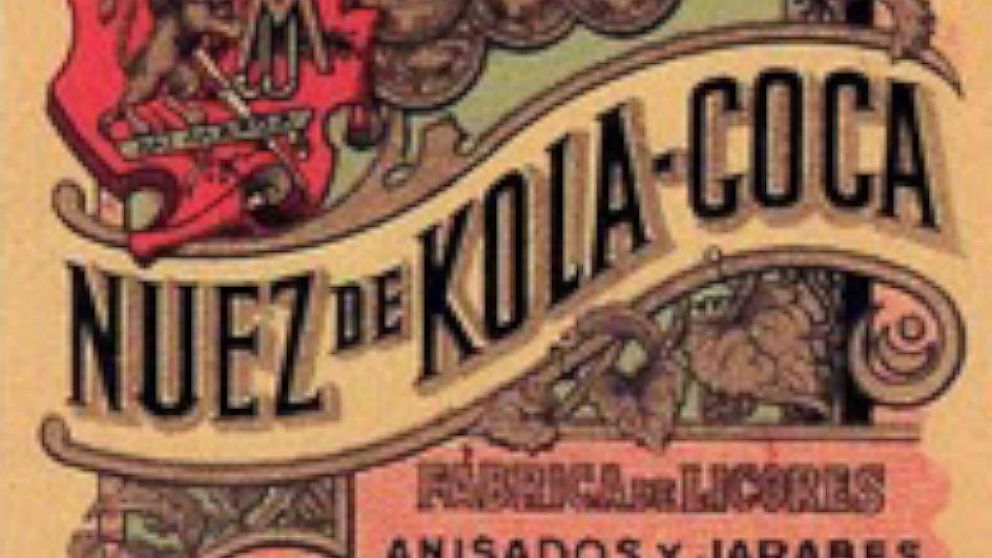Fizzing Out: The Spanish Firm that Inspired Coke
Locals believe that the town of Aielo de Malferit is where Coca-Cola originated.

Aug. 11, 2013— -- Locals believe that the Spanish town of Aielo de Malferit is where Coca-Cola originated -- and that the factory which developed the formula that inspired the world's best-selling soda has been cheated of its rightful place in history. Not to mention profits.
It's allegedly the birthplace of the world's best-known soft drink, but these days, it's looking a little run-down. Lined with houses that are for sale, the streets of Aielo de Malferit in the province of Valencia are deserted. With the younger generation escaping chronic unemployment and moving to major cities such as Valencia, Barcelona and Madrid, only the elderly still live here.
Gray-haired and bespectacled, 74-year-old Juan Micó wears a white lab coat as he pours a brown liquid into a thin glass tube. Shards of pale sunlight filter through the grimy windows of his factory, and a smell of damp wood pervades the air. "The grated kola nut and herbs blended with alcohol mature in a clay jug for a month," he explains. "What happens then is a secret."
A very well-kept one. Supposedly, the recipe for his liquor -- now called Nuez de Kola Coca -- is the basis for Coca Cola. Micó gives the glass tube another shake, as if to check the liquid's consistency. It sloshes around gently. Then he asks his visitors if they want to try it. It's extremely sweet -- sugar beet molasses are bland in comparison. "It's better to mix it with water rather than to drink it pure," he advises. "Women like it with milk."
The first version of Nuez de Kola Coca was invented more than 120 years ago by the founders of Micó's factory. Even today, people come from far and wide to sample it -- sometimes, entire coachloads of visitors.
The history of Aielo's Fábrica de Licores dates back to 1880. The factory was founded by Bautista Aparici, Ricardo Sanz and Enrique Ortiz. The three entrepreneurs began manufacturing quality products -- including liquors with such imaginative names as Perfecto Amor (Perfect Love), Lágrimas de Contribuyente (Tears of the Taxpayer) and Placer de Damas (Ladies' Pleasure).
Aparici, who was in charge of sales, was soon traveling from the Spanish province to trade fairs in Rome, Paris, London and Chicago. In 1885 he went to Philadelphia with a new beverage in his luggage. Called Kola Coca, it was made from the caffeine-rich fruit of African kola nut trees and the leaves of Peruvian coca plants, and promptly scooped an innovation prize. Before he left, Aparici gave some American sales representatives a few samples. Perhaps it was coincidence, perhaps it wasn't -- but just one year later, US pharmacist John Pemberton made history when he invented Coca-Cola.
Fateful Deal
Back in Aielo, Micó is standing in his office, looking at his framed collection of medals and honors. Kola Coca won the company awards in Milan in 1881, in Chicago in 1883, in Philadelphia in 1885, in London in 1889 and in Paris in 1900.
"A total of 20 gold medals and 10 honorary diplomas," Micó says with pride. He points to the collection as evidence. He believes wholeheartedly that the basis of Coca-Cola was invented in Aielo de Malferit. "It was easy to copy a beverage in those days," he says. "Patents were only registered if a product proved successful." His predecessors only patented the Nuez de Kola Coca formula in Spain in 1903. But by then, Coca-Cola was already well on its way to iconic status in the US.




